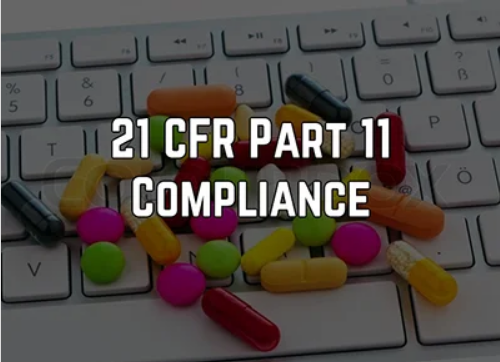Auditing Computer Systems for Part 11 and International Compliance
🎤 Carolyn Troiano | 📅 Recording Available | 🕒 90 Minutes
Areas Covered in the Session:
- 21 CFR Part 11 and Annex 11, and what is required for compliance
- General Data Protection Regulation (GDPR) and how to comply with this European Union requirement
- Industry best practices related to compliance and CSV
- System Development Life Cycle (SDLC) methodology supporting CSV
- Effective documentation of CSV process
- Current information about the various systems maintained in a validated state
- Trends in validation, as industry progresses and new best practices emerge
- Key areas of deficiencies noted in Warning Letters and other citations
- Data Integrity Assurance for both structured (database) and unstructured (documents, images, etc.) records, and for electronic signatures
- Best practices for participating in a computer system validation audit by a regulatory agency
- Examples of what you can do during the audit to minimize risk, time and overall cost
- Interactive Q&A Session
Who Should Attend:
This webinar is intended for those working in the FDA-regulated industries, including pharmaceutical, medical device, biological, animal health and tobacco. Functions that are applicable include research and development, manufacturing, Quality Control, distribution, clinical testing and management, adverse events management and post-marketing surveillance.You should attend this webinar if you are responsible for planning, executing or managing the implementation of any system governed by FDA regulations, or if you are maintaining or supporting such a system. Examples of who will benefit from this webinar include:
- Information Technology Analysts
- Information Technology Developers and Testers
- QC/QA Managers and Analysts
- Analytical Chemists
- Compliance and Audit Managers
- Laboratory Managers
- Automation Analysts
- Computer System Validation Specialists
- GMP Training Specialists
- Business Stakeholders/Subject Matter Experts
- Business System/Application Testers
- This webinar will also benefit any consultants working in the life sciences industry who are involved in computer system implementation, validation and compliance.
Topic Background:
FDA requires that all computer systems that handle data regulated by the Agency to be validated in accordance with their guidance on computerized systems. In 1997, 21 CFR Part 11 was issued to address electronic records and signatures, as many laboratories and other FDA-regulated organizations began seeking ways to move into a paperless environment.
There are very specific limitations that arise when using ER/ES capability, such as the elimination of print capability to prevent users from making decisions based on a paper record as opposed to the electronic record. It also requires very specific identification of users that ensures the person signing the record is the same person whose credentials are being entered and verified by the system. Rule for changing passwords must be rigorously adhered to and the passwords must be kept secure.
It is critical that the system specify the exact meaning of the signature. It may be that the person conducted the work, recorded the result, reviewed the result, or approved the result. A person may simply be attesting to the fact that they reviewed the work and the signatures, and there was appropriate segregation of duties (i.e., the person recording the result is not the same as either the person reviewing or the person giving final approval).
A company must have specific policies and procedures in place that explicitly state responsibilities and provide guidance for implementing and using ER/ES capability. These must clarify the 21 CFR Part 11 regulation and provide insight as to the way the company interprets their responsibility for meeting it. As FDA continues to evolve and change due to the many factors that influence the regulatory environment, companies must be able to adapt. New technologies will continue to emerge that will change the way companies do business. While many of these are intended to streamline operations, reducing time and resources, some unintentionally result in added layers of oversight that encumber a computer system validation program and require more time and resources, making the technology unattractive from a cost-benefit perspective.


